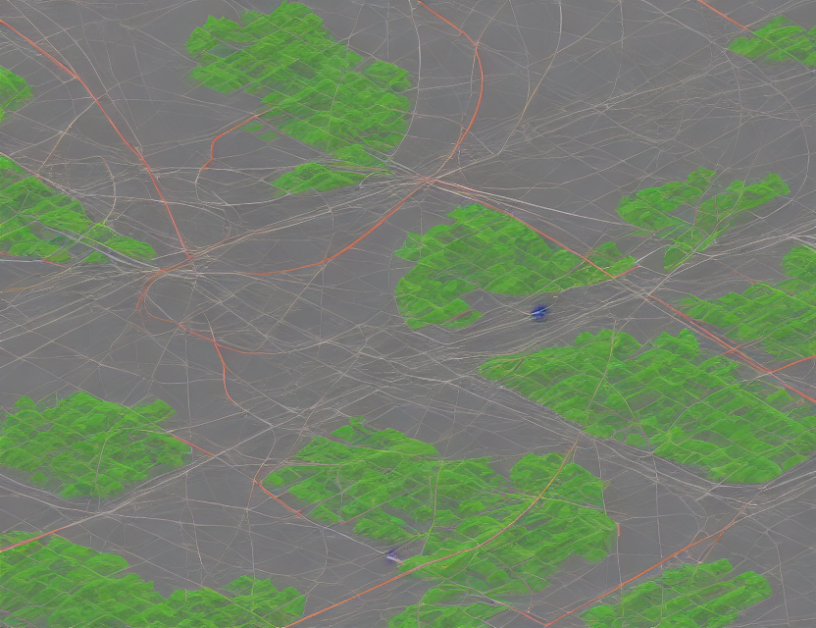In this article, we delve into the realm of clustering data using dynamic time warping (DTW) and explore the concept of coresets. Coresets are compact representations of a larger dataset that can be used for various computational tasks, including clustering. We discuss how to construct ε-coresets, which are weighted sparse representations of the original set of curves, using dynamic time warping. These ε-coresets can be utilized for approximating and clustering data, making them particularly useful in big data scenarios where computational efficiency is paramount.
We also introduce the notion of (α, β)-approximations, which involve finding a subset of curves that approximately matches the medians of the original set while satisfying certain constraints. This relaxation allows us to tackle simplified versions of the input curves, making the problem more manageable. By combining these concepts, we can efficiently cluster data using dynamic time warping and coresets, paving the way for more sophisticated applications in machine learning and artificial intelligence.
Approximating Clustering
Clustering is a fundamental task in machine learning that involves grouping similar data points together. However, in big data scenarios, computational efficiency becomes a significant concern, making traditional clustering methods unscalable. To address this issue, we turn to coresets, which are compact representations of the original dataset that can be used for various computational tasks, including clustering.
Coresets are constructed by selecting a subset of curves from the original dataset and assigning weights to each curve based on its similarity to the other curves in the dataset. The resulting weighted sparse representation can be utilized for approximating and clustering data using dynamic time warping. By using ε-coresets, we can efficiently cluster data while satisfying a certain level of accuracy.
Dynamic Time Warping
Dynamic time warping (DTW) is a popular distance metric used in speech recognition, natural language processing, and other applications where temporal information plays a crucial role. DTW measures the similarity between two curves by comparing their shapes over time. The algorithm first aligns the curves by finding the optimal warping path, which is a function that maps each point in one curve to its corresponding point in the other curve.
Once the warping path is established, DTW computes the distance between the curves using a weighted sum of the distances between the points along the warping path. The weights are determined by the similarity between the points and are typically computed using a Gaussian function. By adjusting the parameters ε and k, we can control the level of accuracy in the clustering process.
(α, β)-Approximations
To make the clustering problem more manageable, we relax it to (α, β)-approximations. In this approach, we seek a subset of curves that approximately matches the medians of the original set while satisfying certain constraints. Specifically, we aim to find a subset of curves with at most βk curves, where k is the desired cluster size.
The key insight here is that by approximating the medians using a smaller set of curves, we can reduce the computational complexity of the clustering problem significantly. Moreover, by choosing the approximation parameter α carefully, we can control the level of accuracy in the clustering process.
Conclusion
In conclusion, this article has delved into the realm of clustering data using dynamic time warping and coresets. We have discussed how to construct ε-coresets and utilize them for approximating and clustering data efficiently. By relaxing the problem to (α, β)-approximations, we can tackle simplified versions of the input curves, making the problem more manageable. These concepts open up new avenues in machine learning and artificial intelligence, enabling us to efficiently cluster big data and make more accurate predictions. As the volume and complexity of data continue to grow, the need for scalable clustering methods will only intensify, and coresets offer a promising solution to this challenge.



